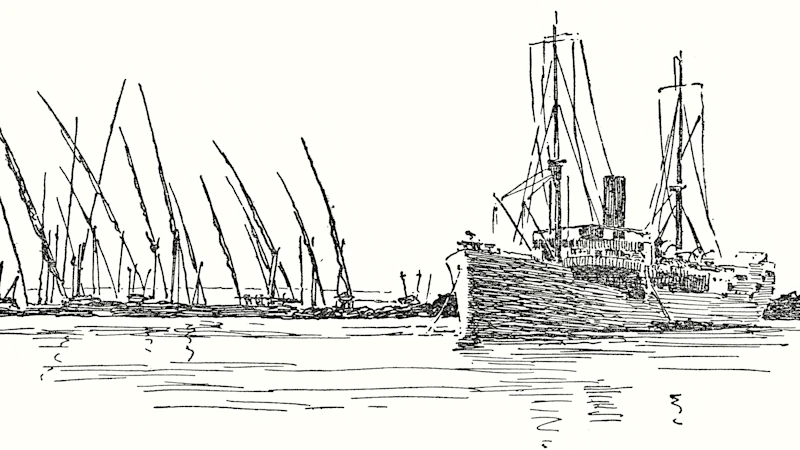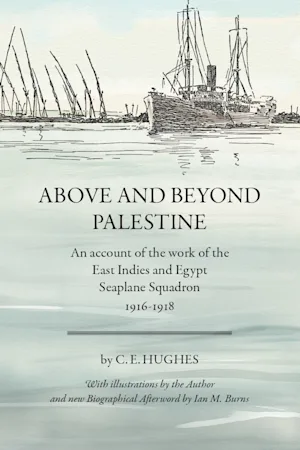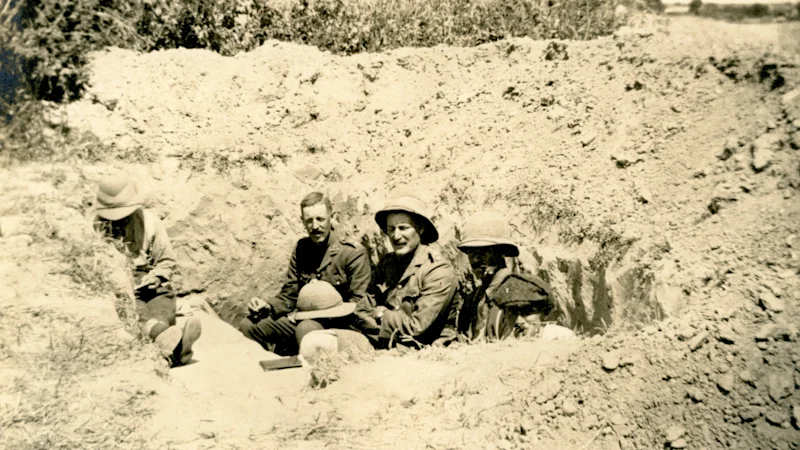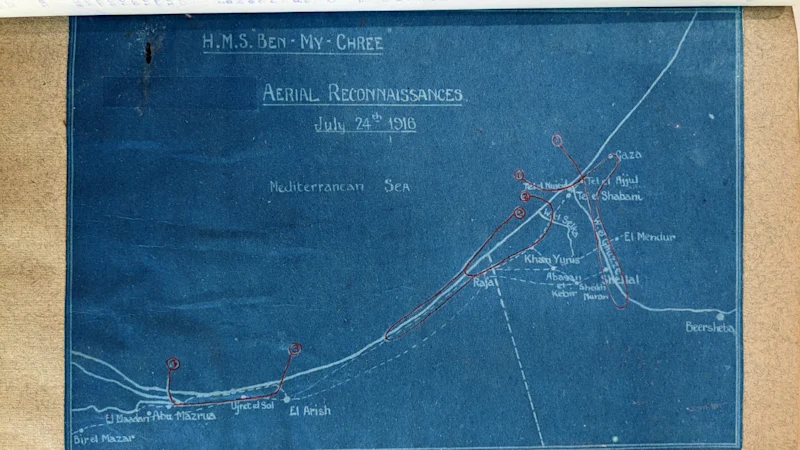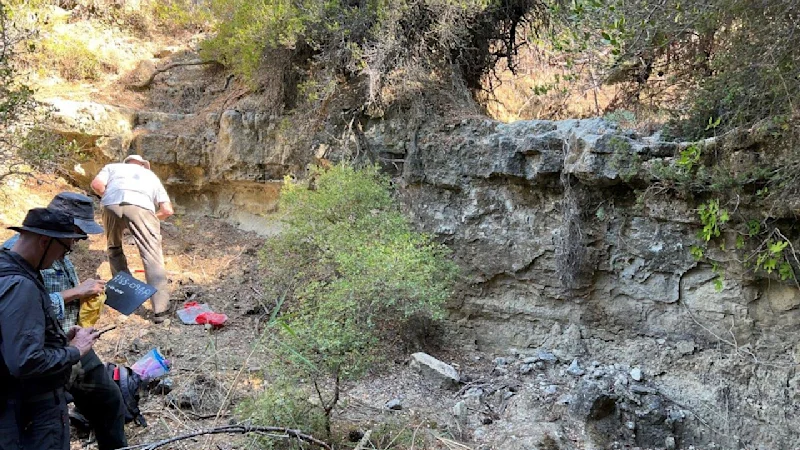Dear reader,
We’re pleased to bring back into circulation a gem of a First World War memoir—Above and beyond Palestine by C.E. Hughes, originally published by Ernest Benn in 1930. This faithful reproduction presents a unique first-hand account of naval air operations in the Middle East during the First World War.

Hughes served as an intelligence officer with the East Indies and Egypt Seaplane Squadron, documenting both operational activities—mapping missions over Palestine, raids on Turkish communications, and combined naval-air attacks—and the details of squadron life that are absent from other accounts of the period.
The new edition preserves all 63 of Hughes’ original black-and-white sketches, depicting locations across the region including Alexandria, Cairo, Port Said, Gaza, Haifa, Beirut and Damascus, as well as sketches of Royal Navy seaplane carriers—HMS Anne, Raven, Ben-my-Chree, Empress, and City of Oxford—along with a Short floatplane stationed at the Royal Naval Air Service (RNAS) base in Port Said.
Aviation historian Ian M. Burns provides a new afterword with biographical details of Hughes’ career.
“Essential”
Ian Burns, a retired aerospace engineer and naval aviation historian whose works include a history of HMS Ben-my-Chree (2008) and an examination of the Royal Naval Air Service and the birth of the aircraft carrier (2014), describes Hughes’ memoir as “essential” for understanding First World War naval aviation in the eastern theatres.
Unlike other memoirs such as William Wedgwood Benn’s In The Side Shows or Charles Rumney Samson’s Fights and Flights, Hughes’ account provides those everyday details about life and operations with the East Indies and Egypt Seaplane Squadron that simply cannot be found elsewhere.
Another essential text, Hard Lying: An Intelligence Officer on the Levantine Shore, 1914-1919 by Captain L.B. Weldon (recently republished by Eland Publishing), rounds out what might be considered the core library on this subject.
Yet Above and Beyond Palestine remains, in Burns’ estimation, possibly “the most useful and interesting of the four… It includes many everyday details missing from the other books.”

In a contemporary review, The Spectator (1930) remarked how the work of the naval airmen in the Eastern Mediterranean and Red Sea had been overlooked.
“How incessant and effective it was we may see in Mr. C.E. Hughes’ clever and amusing book. Long before our troops entered Palestine, our seaplanes had been mapping the country and worrying the Turk by raids on his communications and depots, to say nothing of combined naval and air attacks on Beirut and other places… few books about the War have been so cheerful or so brightly written as this modest volume.”
The original is now scarce and copies are expensive, so Little Gully and Ian Burns have collaborated to produce a modern edition.
The publication also whets the appetite for Ian’s upcoming history of French and British naval aviators in the Middle East.
Floatplanes Over The Desert
Floatplanes Over The Desert, to be published by Little Gully in mid-2025, tells the story of how the Aéronautique maritime and Royal Naval Air Service came to operate seaplanes far behind enemy lines, over sea and desert sand, pioneering techniques that continue to define naval aviation today.
Operating along the coast of Palestine, the Red Sea, and the Gulf of Akaba, and ranging as far south as the Maldives and as far north as Gallipoli and Salonika, these seaborne squadrons played a vital yet little-known role in the conflict.
Drawing on extensive research and rare photographs, Floatplanes Over The Desert will be the definitive history of this fascinating chapter in aviation history.
About Cecil Eldred Hughes (1875–1941)
Hughes was born on 3 December 1875, in London. He was the son of architect and surveyor Eldred Augustus Hughes and Jessie Maud Hughes, and had two brothers, Augustus Edward, who became an architect and Mayor of Marylebone, and Ernest Theodore Cobbett, who became a doctor. Cecil attended Misses Thomson’s Preparatory School in Hove, Brighton, possibly at the same time as Winston Churchill.
Later, while attending University College London from June 1896, Hughes met and formed a lifelong friendship with William Wedgwood Benn, whose father, John Williams Benn, had been a London councillor and Member of Parliament (MP) since 1889. Following in his father’s footsteps, William Wedgwood Benn was also elected to Parliament in 1906.
This connection with Benn proved important in Hughes’ life, as Benn served with the East Indies and Egypt Seaplane Squadron as chief observer and intelligence officer, and it seems likely that their friendship facilitated Hughes’ assignment to the squadron. Hughes also joined Benn Brothers publishing as an editor and director.
For his service with the East Indies and Egypt Seaplane Squadron, Hughes was twice Mentioned in Despatches.
A fuller biography can be found as an afterword to this edition of Above and beyond Palestine.
How to order
Available now through Amazon and book stores worldwide:
